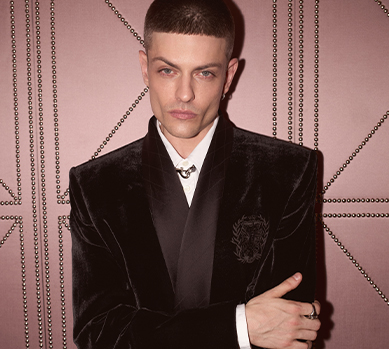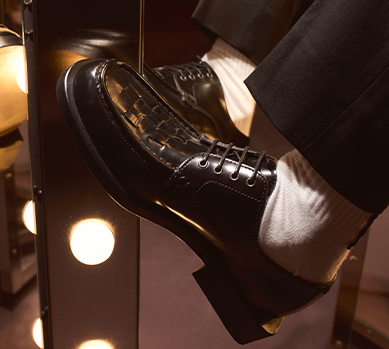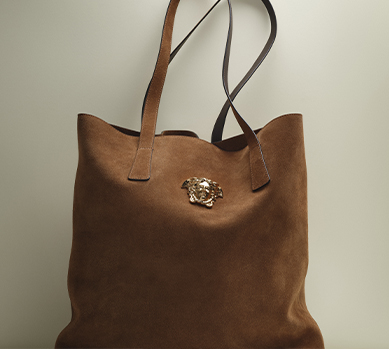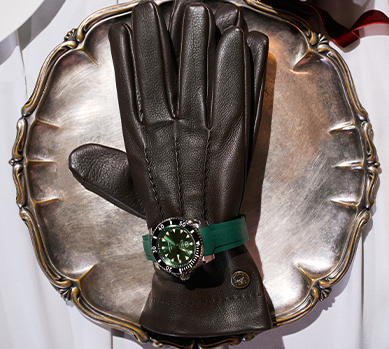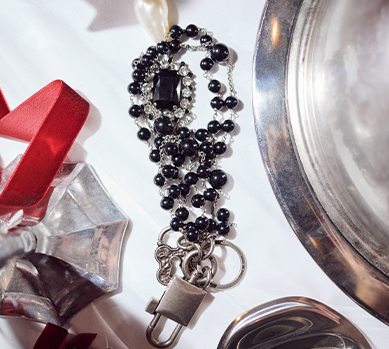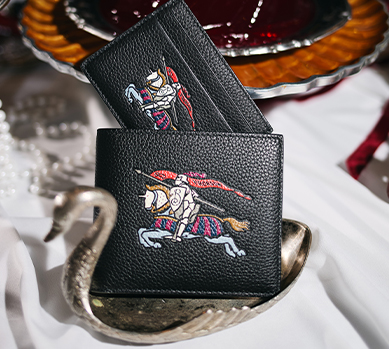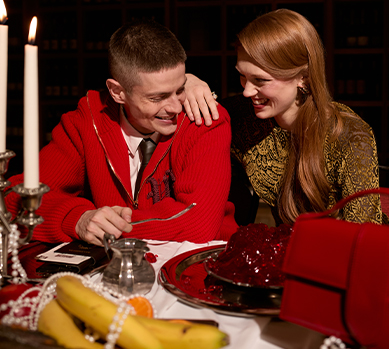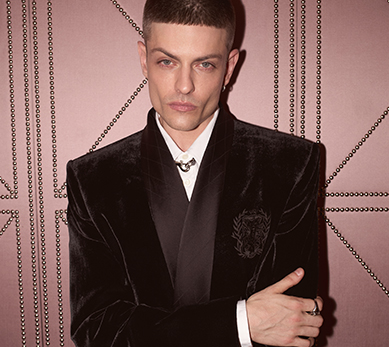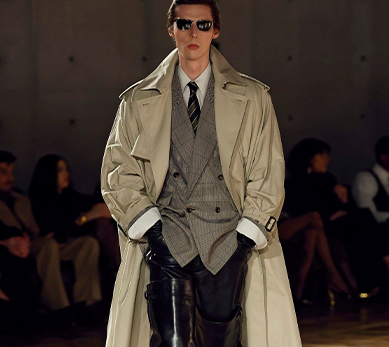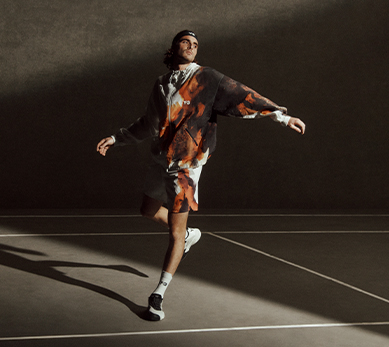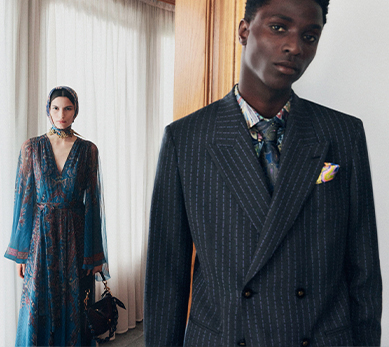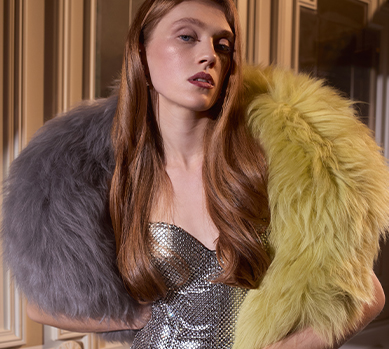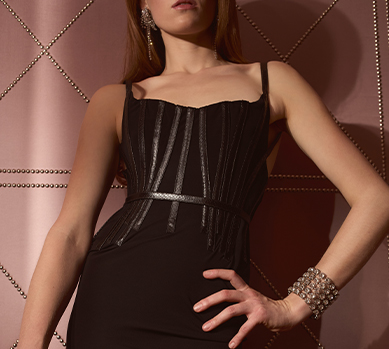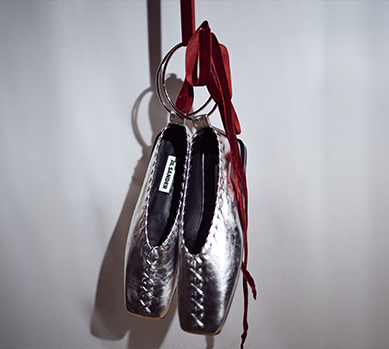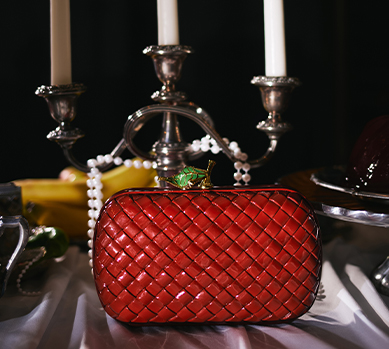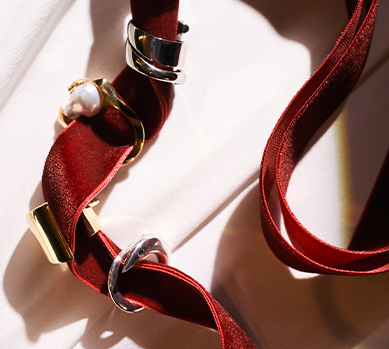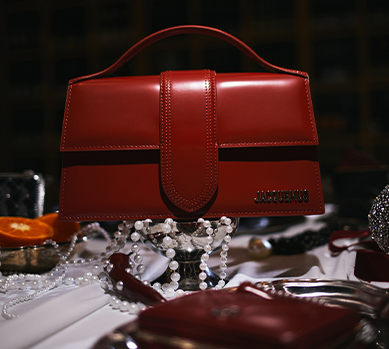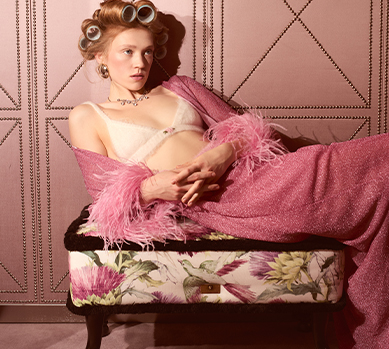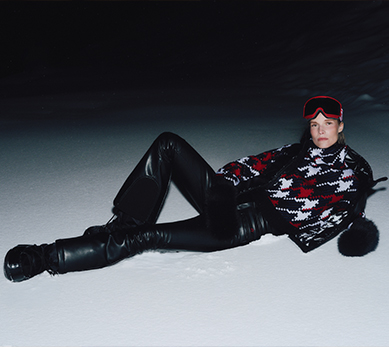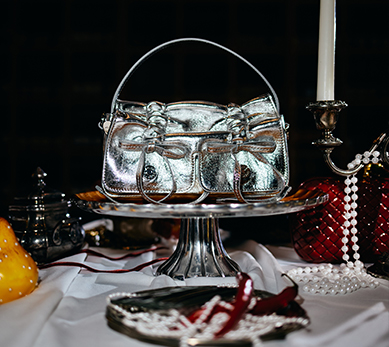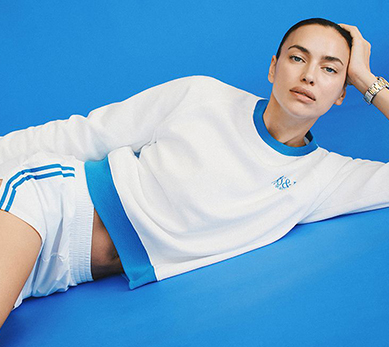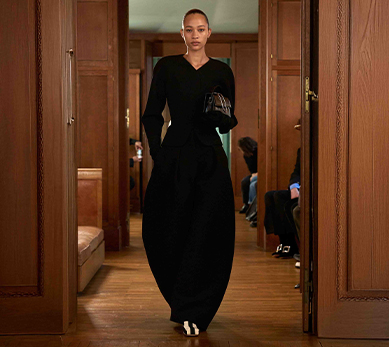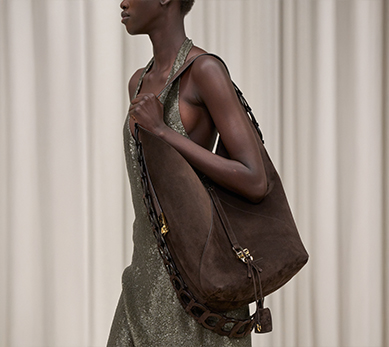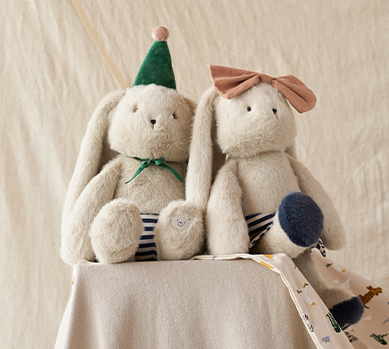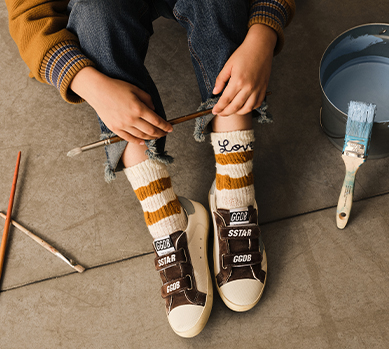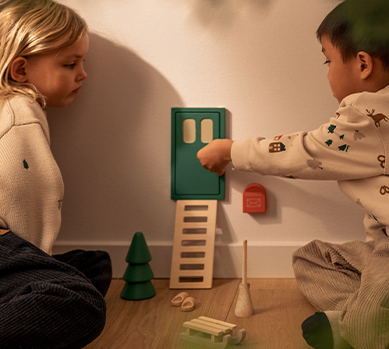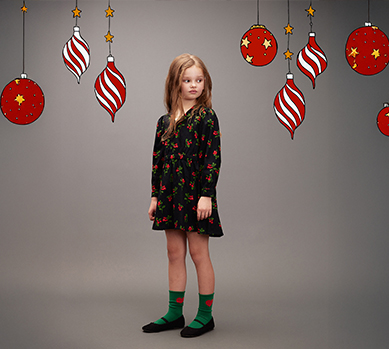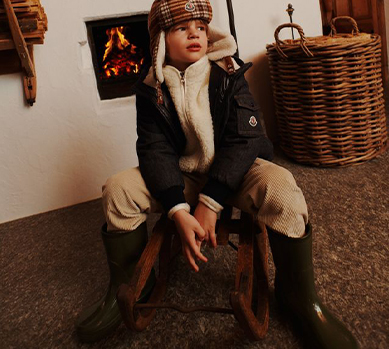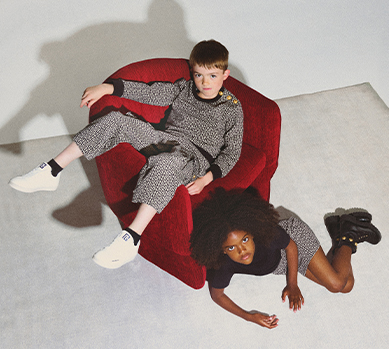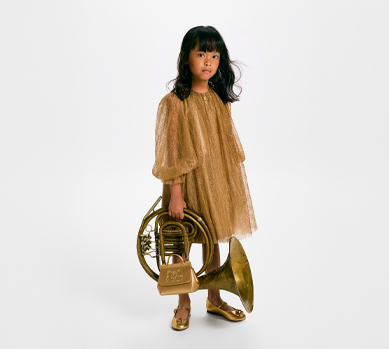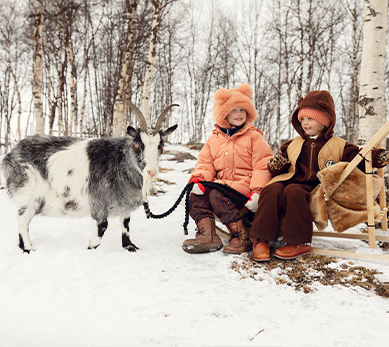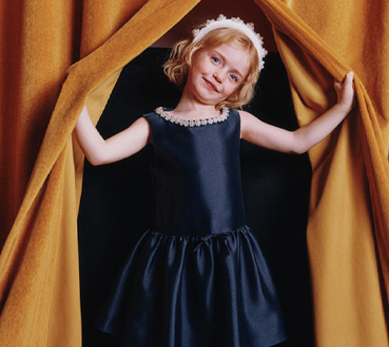Pieter Mulier: Who is the Creator of Alaïa's New Vision?
Geniuses and madmen

With respect and vision, Pieter Mulier revives Alaïa’s legacy. Who is the designer bringing a fresh take to this iconic fashion house?
In the world of fashion, there are names that evoke immediate associations: genius, timelessness, sculptural precision. Azzedine Alaïa undoubtedly belonged among them. When he passed, he left behind not only a legacy but also a question: who would dare to take up the mantle? The answer came in the person of Pieter Mulier. Who is the man entrusted with such a precious heritage?
Who Took the Reins After a Legend?
Taking over from someone like Azzedine Alaïa is a task that could intimidate even the most experienced designer. It's like trying to catch a shadow that is itself an icon. In the fashion industry, changes in creative director positions always stir emotions and speculation; these processes are observed under a microscope, where the initial results – whether in the reception of a collection or sales figures – are analyzed with extreme scrutiny. Mulier, upon taking the position of creative director in 2021, faced the challenge not only of continuing the master's aesthetic but also of breathing new life into it without losing its essence. Is that even possible? Many asked themselves this question.
Alaïa himself was an almost mythical figure, working outside the industry-imposed calendar, presenting collections when he deemed them ready. His approach to the female body, which he dressed in a second skin, celebrating its forms, defined a certain canon. His loyal clients and friends included icons like Greta Garbo, Grace Jones, Tina Turner, and Naomi Campbell, whom he met when she was just 16 and who often called him "Papa," treating him like family. Pieter Mulier thus entered a studio full of history, but also expectations.
Where Do We Know Pieter Mulier From?
Before Mulier's name began to be whispered in the context of Alaïa, he had spent years building his reputation, albeit perhaps somewhat in the shadow of another great talent. The Belgian designer was Raf Simons' right-hand man for nearly two decades. He accompanied him at Jil Sander, then at Dior, and subsequently at Calvin Klein. This was an incredibly long and close collaboration that undoubtedly shaped his craftsmanship and perspective on fashion.
Working alongside someone like Simons is like a daily masterclass. It's not just designing; it's learning discipline, understanding the creative process from the ground up, from sketch to finished product on the runway. Mulier is therefore no novice who suddenly appeared on the scene. He is rather an experienced craftsman who has honed his skills over the years, waiting for the right moment. Or perhaps, it was the moment that found him?
It's worth adding that Mulier, like Simons, is an architecture graduate. Is it this discipline that gives them both such precision in construction, such a clear vision of form?
How Does Mulier Interpret Alaïa's Legacy?
Upon taking the helm of the Alaïa fashion house, Mulier emphasized his deep respect for the founder from the outset. In one interview, he said, "This heritage is so rich, so strong. My job is to protect it, but also to make it live on, to keep it relevant." It wasn't about revolution, about demolishing what was. Quite the contrary. His approach can be described as an evolution, a subtle refreshing of the brand's codes while preserving its DNA. This is a difficult balancing act, especially when dealing with such a distinctive style.
What Does This Mean in Practice?
- Fidelity to the Silhouette: Mulier continues to explore Alaïa's iconic fitted cuts that emphasize the waist and hips. The famous body-con (body-conscious) style is still present, but it gains a new lightness, as seen in his designs for dresses for women.
- Homage to Craftsmanship: The techniques Alaïa was famous for – knits, leather, precise cuts – remain central. You can see the hand of a designer who understands materials.
- Modern Sensuality: There's a certain contemporary sensuality in Mulier's designs, perhaps a bit more revealed, but still elegant. He's not afraid of transparency or bolder necklines, but always with class.
It's exactly like renovating a historic building. You have to respect its history, its soul, but at the same time, adapt it to modern needs, add something of your own without destroying the original. Mulier seems to be precisely this kind of fashion architect.
What Distinguishes His Collections for the Fashion House?
Mulier's first collections for Alaïa were met with great interest and, let's be honest, considerable expectations. What stands out? Above all, an extraordinary lightness that seems to lift even the most sculptural forms. There's airiness, movement in them. Take, for example, his debut Spring-Summer 2022 collection, which was widely praised as a successful tribute to the master's aesthetic but with a distinctly modern twist. Creations from this collection, such as the spectacular gown worn by Zendaya at the "Dune" premiere, quickly achieved cult status and showed that Mulier can attract a new generation to the brand by offering unique clothes for women.
Subtle Changes, Big Impact
Mulier doesn't copy the master one-to-one. Instead, he takes key elements – the aforementioned knits, characteristic openwork, leather corsets – and gives them a contemporary context. It might be a slightly different length, a new way of pairing, a play on proportion. These are details, but they make a difference. Even influential fashion critic Cathy Horyn noted, when reviewing one of his early collections, that Mulier "is moving forward, he’s not afraid to put his own stamp on [Alaïa’s designs] while retaining their timeless essence."
His designs are bold but not flashy. They exude a self-confidence that doesn't need fireworks. There's something primal yet very modern about them.
There's also a noticeable openness to everyday wear. Of course, Alaïa is still synonymous with evening elegance, but Mulier seems to want these extraordinary clothes to accompany women not just on special occasions, as exemplified by more versatile women's sweaters or skirts.
Why Does His Work Evoke Such Emotion?
Every collection by Pieter Mulier for Alaïa is widely discussed because it touches on something very important in fashion – authenticity and continuity. In an era when many fashion houses seem to be losing their identity in pursuit of fleeting trends, Mulier's approach is like a breath of fresh air. As resale market experts like Rachel Reavley from Hardly Ever Worn It note, "changes in creative director positions often increase interest in a brand's archival designs while also focusing attention on the new vision. Collectors and fashion lovers then seek out both the 'last' works of the predecessor and the 'first' of the new era." This shows how the changing of the guard at Alaïa fits into a broader market phenomenon, adding another dimension to the discussion.
He doesn't try to be someone else. Instead, with humility and talent, he interprets the heritage, adding his own, already recognizable, touch. This commands respect. For us, fashion lovers, watching this story unfold, seeing the Alaïa legend blossom anew, is simply fascinating.
His work shows that it's possible to create fashion that is simultaneously sensual, intelligent, and, most importantly, timeless. In his designs, women feel strong and beautiful. It seems Pieter Mulier has found the golden mean between past and future, between homage and innovation. And that's why his work at Alaïa is so important and so closely watched. We look forward to more.


